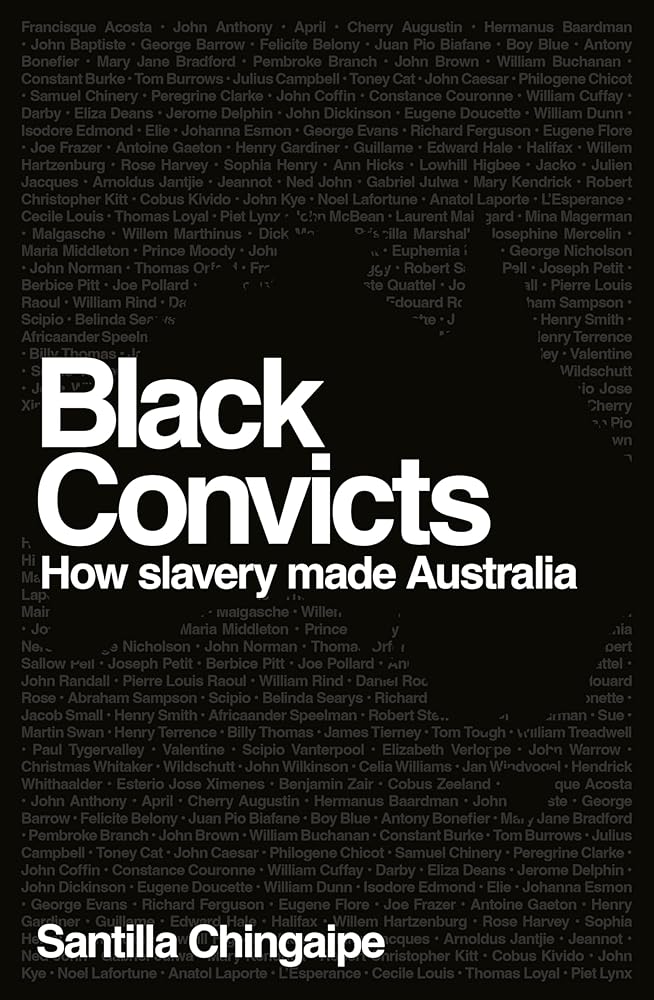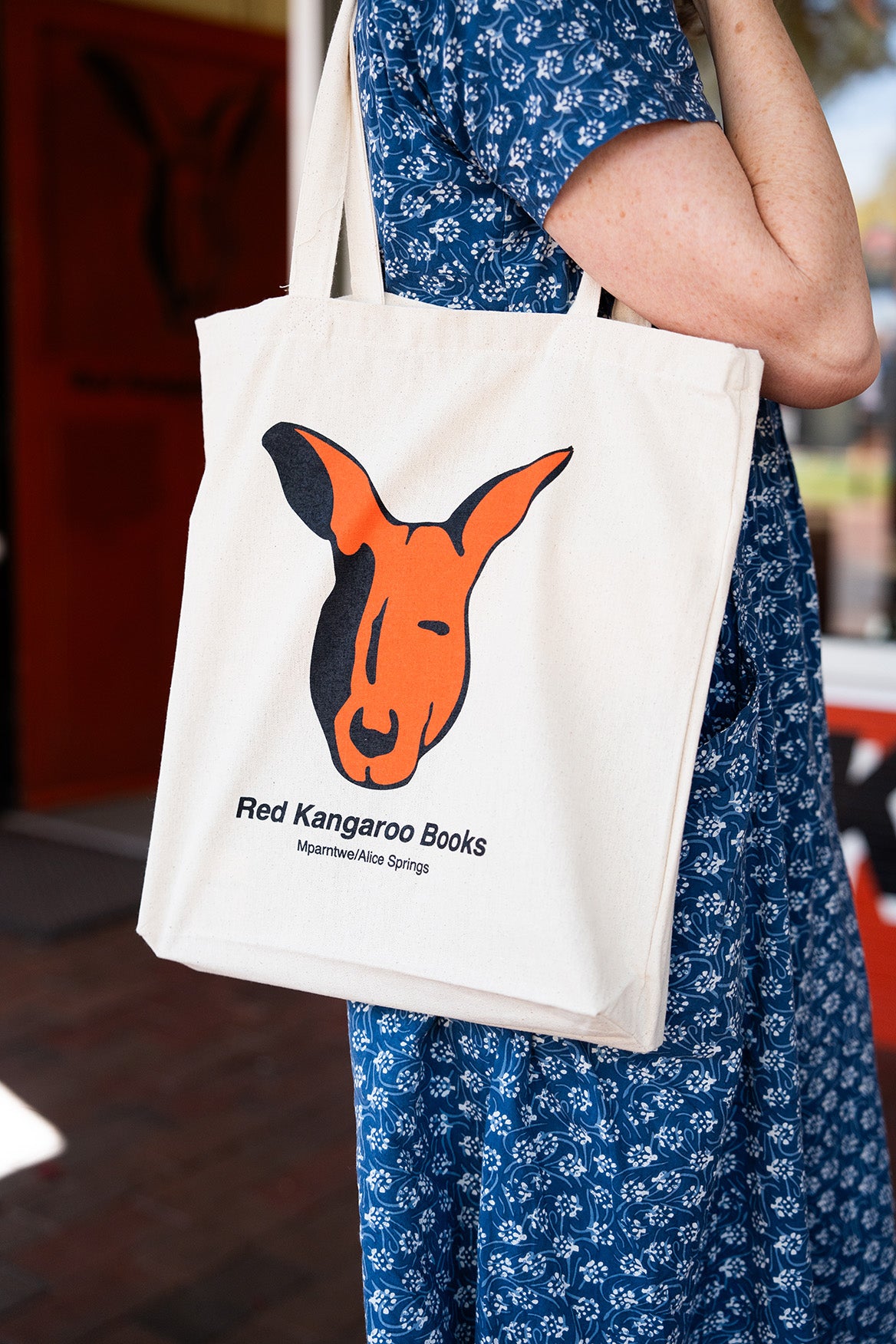
Black Convicts: How slavery shaped Australia by Santilla Chingaipe

Black Convicts: How slavery shaped Australia by Santilla Chingaipe
Sale price$35.00
Regular price (/)
About
The story of Australia's Black convicts has been all but erased from our history. In this deeply researched and illuminating book, Santilla Chingaipe offers a fresh understanding of this fatal shore, showing how empire, slavery, race and memory have shaped this nation.On the First Fleet of 1788, at least 15 convicts were of African descent. By 1840 the number of Black transportees had risen to over 500. Among them were John Caesar, who became Australia's first bushranger, and Billy Blue - the stylishly dressed ferryman who gave his name to Sydney's Blues Point. There was also David Stuurman, a revered South African chief transported for anti-colonial insurrection, and William Cuffay - a prominent London Chartist who led the development of Australia's labour movement. Two of the youngest were cousins from Mauritius - girls aged just 9 and 12 - sentenced over a failed attempt to poison their mistress. But although some of these lives were documented and their likenesses depicted (including in the National Portrait Gallery and a sketch of those acquitted of treason after the Eureka stockade), their stories have been erased from history: even their descendants are often unaware of their ancestry. In these stories spanning Africa, the Americas and Europe, Black Convicts also uncovers Australia's hidden links to slavery, which both powered the British Empire and inspired the convict system itself. Situating European settlement in its global context, Chingaipe shows the injustice of dispossession was powered by the engine of labour exploitation. By uncovering lives whitewashed out of our story, Black Convicts will change the way we think about who we are.

